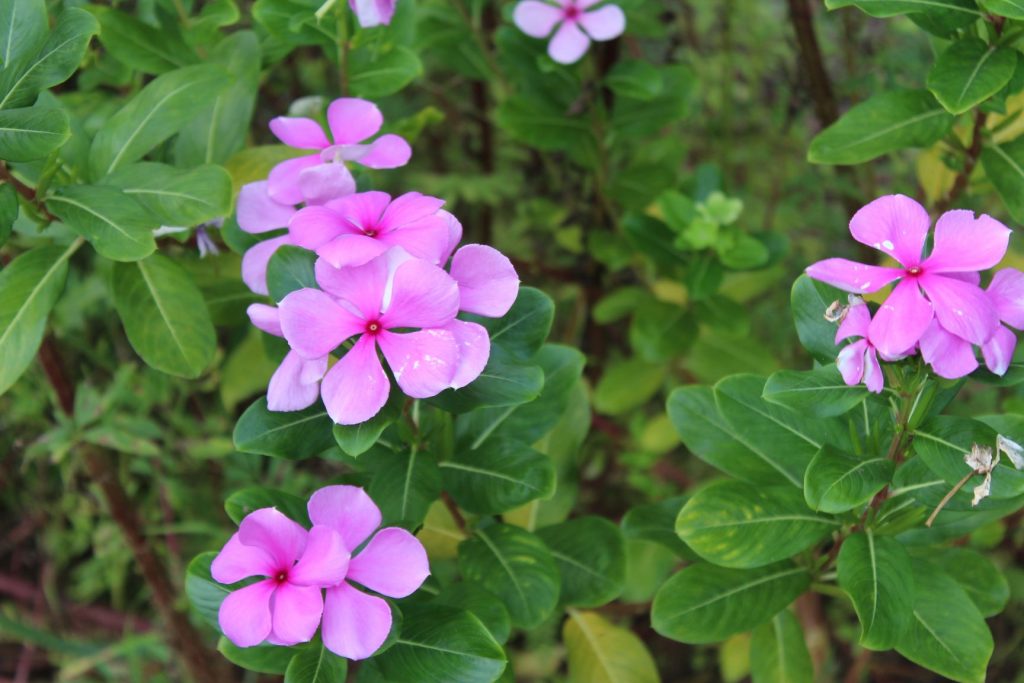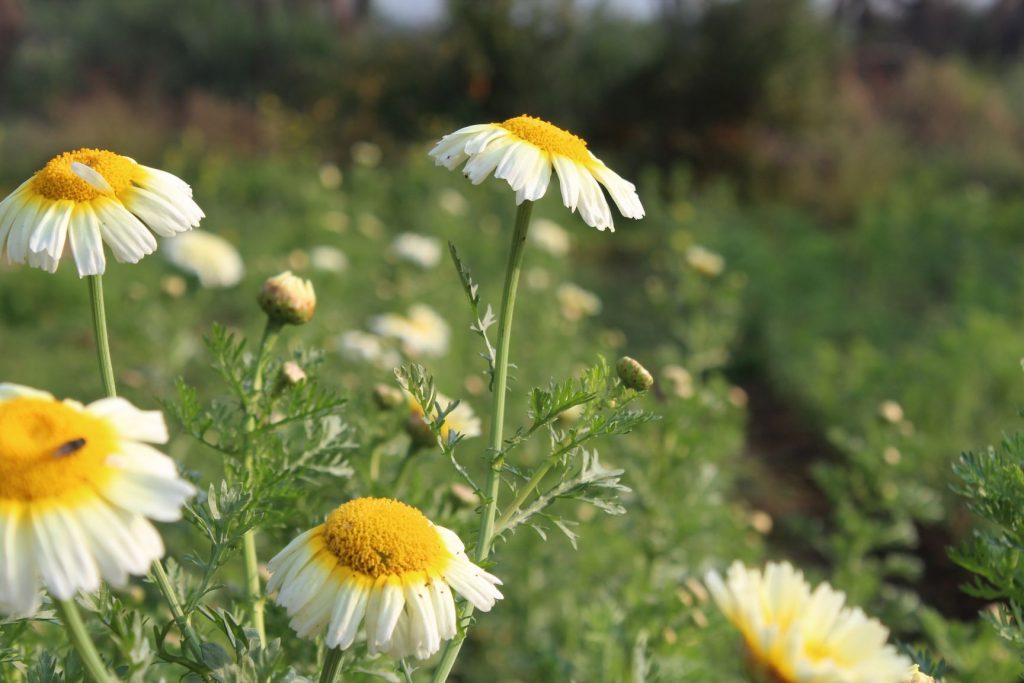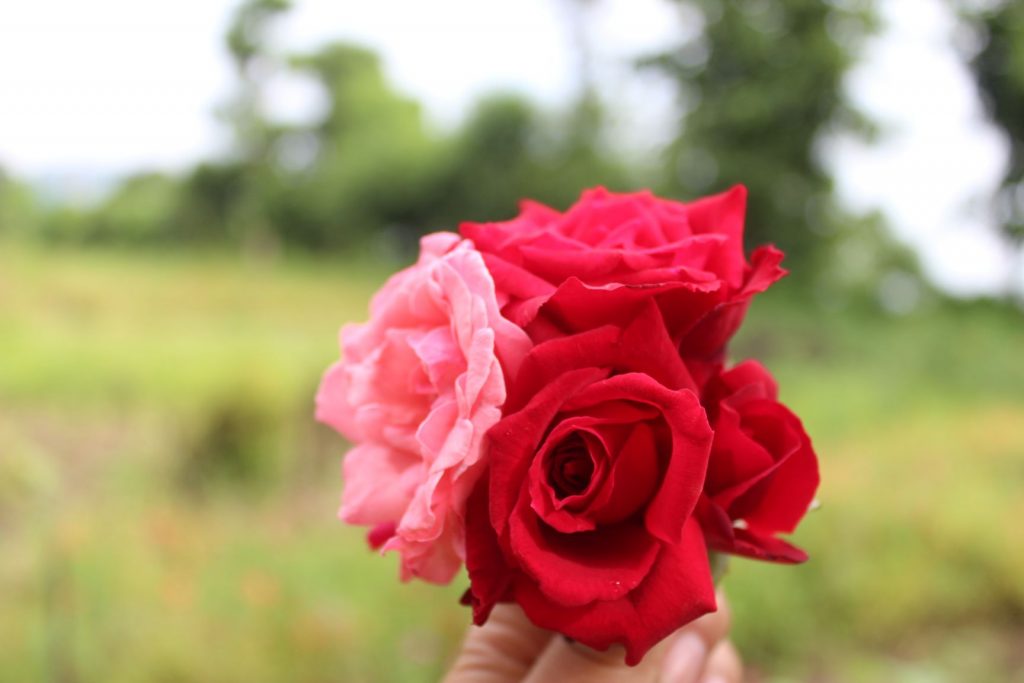Flowers signify many things — in some cultures they represent abundance, others purity, beauty, divinity, romance, wealth, fertility, enlightenment, and even knowledge. Flowers don’t just look pretty and smell pretty, some of them taste pretty good. Like fruits, vegetables, spices, leaves, and nuts, flowers too are part of nature’s roster of nutrition providers to us. Most edible flowers are rich in Vitamin C, and each boast a wealth of individual benefits that make them a must-add to your diet. India’s culinary history shows us that flowers have been used for therapeutic purposes, for balancing tastes, fragrance, and even to improve the aesthetic appeal of a dish.
Here’s a look at some of them.


Hibiscus
Grown for ornamental purposes, hibiscus is also well known for its culinary and medicinal applications. You can eat the flower straight from the plant, but it is usually used for tea, jam or salads. Many cultures drink hibiscus tea for its medicinal properties. Some studies indicate that hibiscus may help reduce blood pressure and cholesterol levels. This superfood is a wonderful source of vitamins, minerals, and antioxidants and is low in calories, high in fiber, and aids weight loss. It is high in vitamin C, which benefits both skin and hair, improves the elasticity and production of collagen, makes skin smoother, and reduces wrinkles when used in face packs. It boosts the immune system, prevents anemia, and balances the acid and alkaline ratio in the body
Dandelion
Dandelions are considered weeds but double as a highly nutritious edible flower. The flowers, edible raw or cooked, can be used to make various foods like jelly and wine.
Lavender
Lavender is a violet flower admired for its distinct aroma. It may be eaten fresh or dried and pairs well with a variety of ingredients, such as citrus, berries and savory herbs. You can also use lavender sugar and add it to biscuits, sorbets, jams or jellies.
Honeysuckle
Honeysuckle is a fragrant flower known for its distinct aroma, sweet flavor and traditional medicinal uses. It can be eaten straight from the plant or made into an infused syrup that can complement many dishes.
Nasturtium
Nasturtium is a brightly colored flower known for its savory, peppery flavor. Its blossoms and leaves are nutritious and can be prepared in a variety of ways.


Borage
Borage is an herb that produces small, blue star-shaped flowers. Used in both traditional medicine and culinary practices, it makes for a beautiful garnish for salads or cocktails and can also be cooked into soups and sauces.
Purslane
Purslane is a nutrient-rich succulent whose flowers and leaves may be eaten cooked or raw. It provides a wide array of vitamins and minerals.
Rose
All varieties of roses are edible, but the ones with the sweetest fragrance are likely to have the most flavor. Rose petals can be used to infuse liquids with flavor or added to sugar or butter to boost your favorite recipes.
Squash Blossom
The flowers can be eaten raw, stuffed or fried. If you’re picking straight from a garden, stick to eating the male flowers so that the squash plants still grow.
Pansy
Commonly used for ornamental purposes, pansies make a colourful and nutritious addition to a variety of desserts and salads.
Chamomile
Chamomile flowers are widely used medicinally to reduce anxiety and improve sleep. They have an earthy, slightly sweet flavor and may be used to make tea or other infusions.
Calendula
An easy and prolific edible flower that’s easy to grow from seed right in the garden. Separate the petals from the center of the flower and sprinkle the petals into salads. Colors range from pure yellow to orange and red.
Marigolds or calendula are well-known for their use to cure skin ailments. But eating the flowers themselves offers a variety of health benefits. This is primarily because of the high flavonoid content, which promotes cell health and potentially prevents cancer.


Cape Jasmine
Extremely fragrant, they’re ideal for pickling, preserving, and baking. Jasmine tea lowers blood pressure, strengthens the immune system, and regulates the aging process. Also known to control insomnia, aid weight loss, and control cholesterol levels, it is an energy booster and mood enhancer.
Sunflower
The mild nutty taste makes the petals good in salads or stir fries. The buds, petals and seeds are all edible. Add the petals to a green salad for a colour contrast and a mild nutty taste. The green buds can be blanched, then tossed in garlic butter. The kernels inside the seeds can be eaten raw or toasted as a snack.
Begonia
The brightly coloured flowers have a delicious light, lemon taste and a crisp texture. Use petals as a garnish in salads and sandwiches or dip whole petals in flavored yogurt and serve as an appetizer.
Zucchini
The flowers from the zucchini plant, also known as courgette, taste like the vegetable that grows on them. The edible flower can be prepared in a variety of ways. Eat them raw or fry them and stuff them with ricotta or another soft cheese. The fried blooms puff up and become a lightly crispy appetizer.
Lilacs
With a hint of citrus flavor, these mauve buds are a fun ingredient to bake with. The pungent flower has a powerful taste, so use it in limited quantities.
The lilac flavor can taste up your desserts or drinks. Remove the tiny buds from the hard stalk that serves as their stem to enjoy them as a garnish or as candied flowers.
Queen Anne’s Lace
Also known as Wild Carrot and Bishop’s Lace. It is the original carrot, from which modern cultivars were developed, and it is edible with a light carrot flavor. The flowers are small and white, and bloom in a lacy, flat-topped cluster. Great in salads.
NOTE: The problem is, it is closely related to, and looks almost exactly like another wild plant, Wild or Poison Hemlock, which often grows profusely in similar habitats, and is said to be the most poisonous plant.


Tulip Petals
Flavor varies from tulip to tulip, but generally the petals taste like sweet lettuce, fresh baby peas, or a cucumber-like texture and flavor.
Cilantro/Coriander
Like the leaves and seeds, the flowers have a strong herbal flavor. Use leaves and flowers raw as the flavor fades quickly when cooked. Sprinkle to taste on salads, bean dishes, and cold vegetable dishes.
Rhododendron
This bell-shaped, scarlet red bloom is the state flower of Sikkim, India, and is most commonly found in the hills of the Himalayan belt from January to March. From sweet jams, honey, juice cordials to sweet-savory parathas, chutneys, pakoras, and even wine, these flowers are treated with utmost respect considering that the young leaves are poisonous. The juice is abundant in calcium, iron, potassium, and vitamin C. It’s a fantastic antioxidant and anti-diabetic that also acts as a coolant for anyone with tummy troubles.
There are only two important things to remember about edible flowers: First is that not every flower is edible. In fact, some flowers can be poisonous. The second caution is to avoid flowers that may have been sprayed with an insecticide, fungicide or herbicide.
If you’re in any doubt as to whether or not a flower is edible – don’t eat it. It’s a simple rule of thumb, but effective. Also, if you have pollen allergies, you might want to avoid eating edible flowers altogether.

You ought to take part in a contest for one of the finest blogs on the internet. I will recommend this web site!
Major thanks for the article post.Much thanks again. Want more.
Thanks so much for the article. Really Cool.
One of the most exceptional product ever before created!
Your message was workable, making it possible for visitors to take quick and also efficient steps.
Everything you need to make your life easier and much more amazing is included in this one extraordinary package!
The level of detail that you included in your post gave readers a comprehensive understanding of the subject.
Your post was exceptionally well written, with an interesting style that kept viewers hooked.
Hi there! I simply want to give you a huge thumbs up for your excellent information you’ve got right here on this post. I will be coming back to your blog for more soon.
Breathing in and out a number of times a day boosts your life exceptionally.